
This weekend through some lucky fortune and riding on the wedding bliss of my cousin, I had the honor of attending a bachelorette party which included a tour of one of the premier vineyards in India.
To my pleasant surprise, the tour proved not only to be intoxicating and delicious, but also extremely informative. So much so that when the tour began, all I could think of was, "I need to write about this!" Join me on the tour through the astoundingly interesting process of wine-making, with the experts themselves!
Where are We Going?
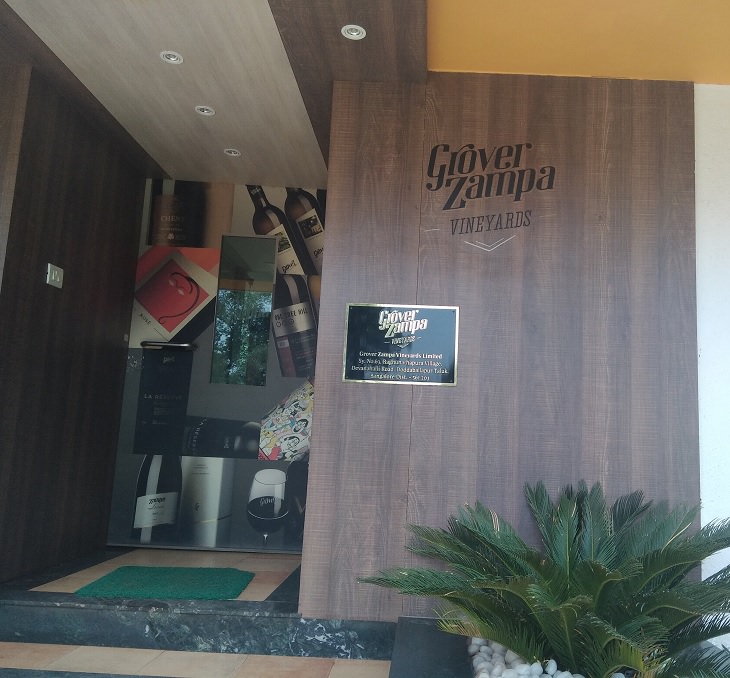
One sunny Saturday afternoon, having made the booking in advance, we made the 60 minute journey to Grover Zampa Vineyard, India’s 2nd ranked vineyard and up and coming champion in fine wine. They also currently stand as a leading exporter of wine and champagne, and have gained much fame for their signature wines, many of which are only available at the vineyard, including La Reserve, which has been the most exported wine in India since 2002.

Located a little less than 30 miles from the happening city of Bangalore, in Doddaballapura, the massive expanse that is Grover Zampa Vineyard, a wine-lovers heaven, is home to over 1.5 million liters of wine, either fermenting, aging or being prepped for sale both in and out of the country. So despite my initial impression that this was going to be a ‘Girls trip’ with a few bottles of wine, much to my delight, there was a lot more learning to go with those bottles of wine. My kind of trip!
Onward With the Tour…
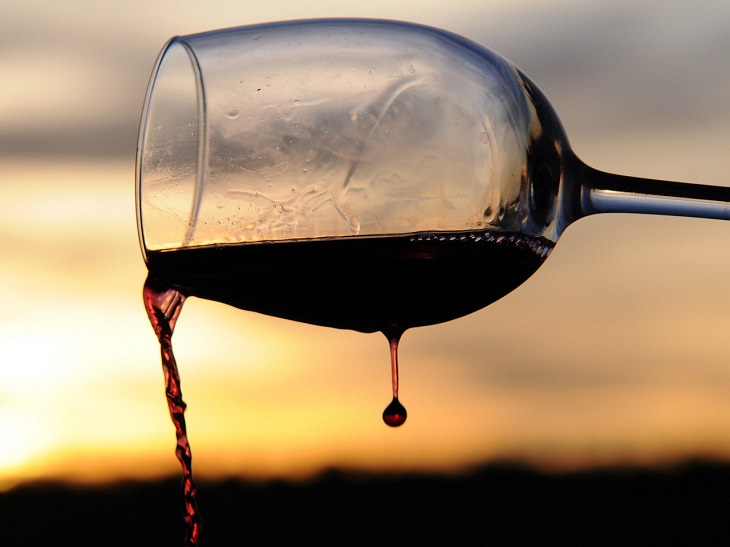
The tour started off with a brief introduction of the vineyard and the man behind the wine. This renowned Vineyard was started by one Kanwal Grover, who was, at the time, employed in the industry of space and defense procurement. It was during his employment in this field that he made multiple business trips to France. While the purpose of the visits was work, the country itself afforded him his greatest pleasure: fine wines.
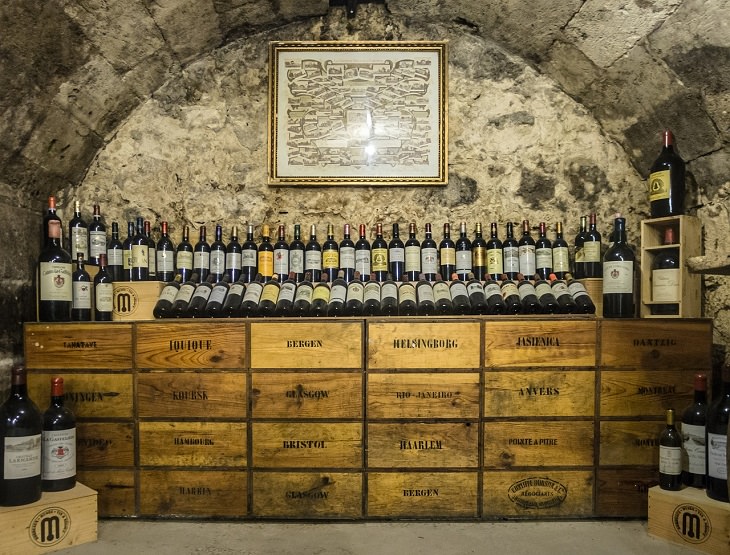
It was this endless and strong love for wine that allowed Kanwal to meet none other than Frenchman George Wessel, lover, connoisseur and king of Champagne Wines. With the help of Mr.Wessel, Kanwal Grover left his defense job, acquired some premium land ideal for grape growing, and opened his first and very own vineyard, the very place I was standing in.
Into the Vineyard…
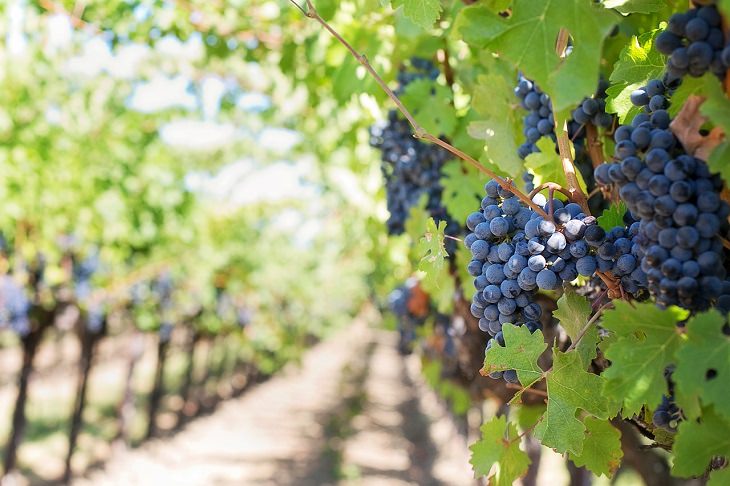
The Vineyards themselves stretch across 400 acres of land, many parts of which are open for those on the tour to explore. The land is strategically located at a little over 800 feet above sea level, making the soil clay-like in some parts and gravelly in others.
This soil, along with the climatic conditions, makes for tastier grapes. Hot days contribute to sweetness, increasing the sugar content of the grapes, sugar being a vital ingredient in the fermentation process. The cold nights, in turn, increase the acidity, which helps to balance the flavor of the wine.
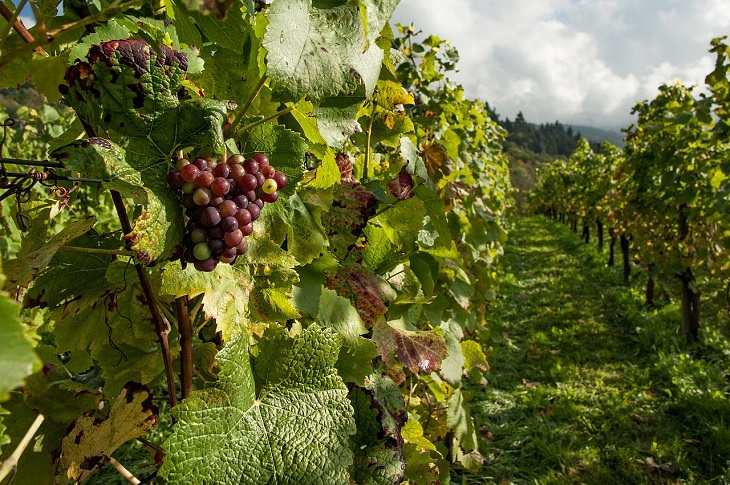
Conversely, their sister farm in Nashik, Maharashtra, has more volcanic soil, which gives the grapes an enhanced unique taste. Where the grapes are grown makes a big difference to the flavor. The wine ‘Shiraz’, for example, is named after the city and river in Iran where the grapes used for this iconic wine were first grown.
Here’s a fun fact: While bigger grapes are great to eat, being sweeter and juicer, it’s the smaller grapes that are great for wine-making.
Crushing Those Grapes…
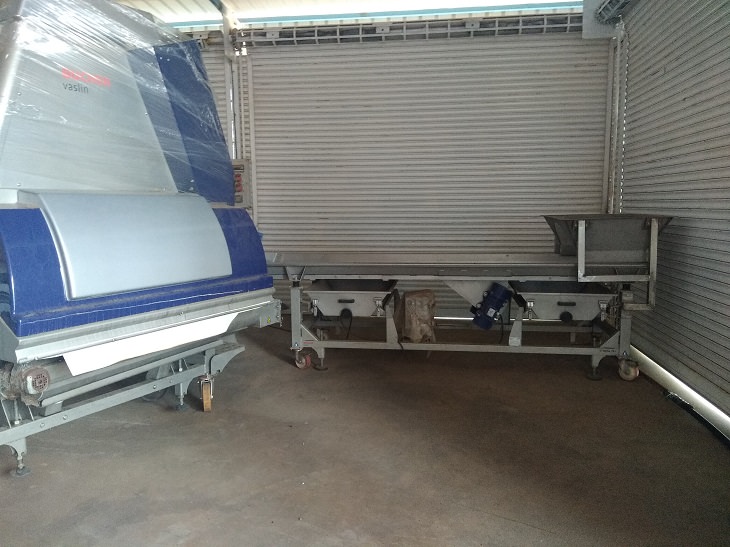
(Grape Sorter)
After that interesting introduction to everything Grover and the farm side of the industry, it was time to move to the processing side. We started at a station referred to as the crush pad. As the name would suggest, it’s where the grapes are crushed.
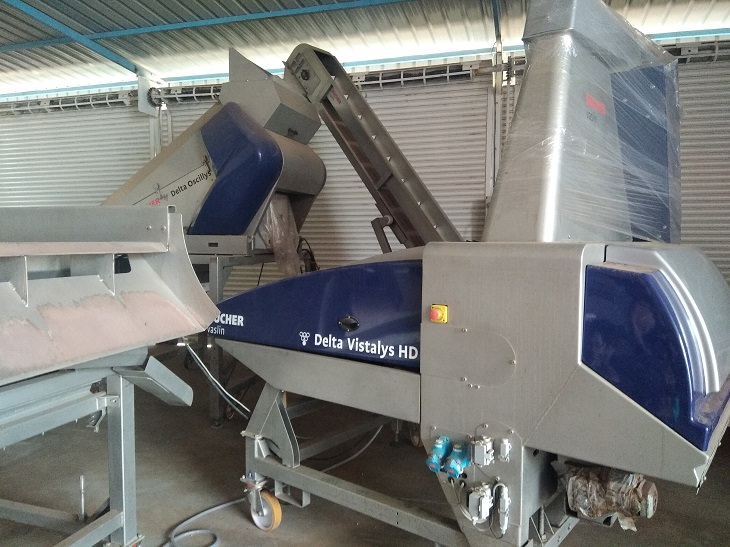
(Grape Crusher)
However, prior to being crushed, the grapes are sorted based on color. After the initial sorting, the ripened red berries are pressed and juiced, while the unripened berries and other berries are again sorted and crushed.
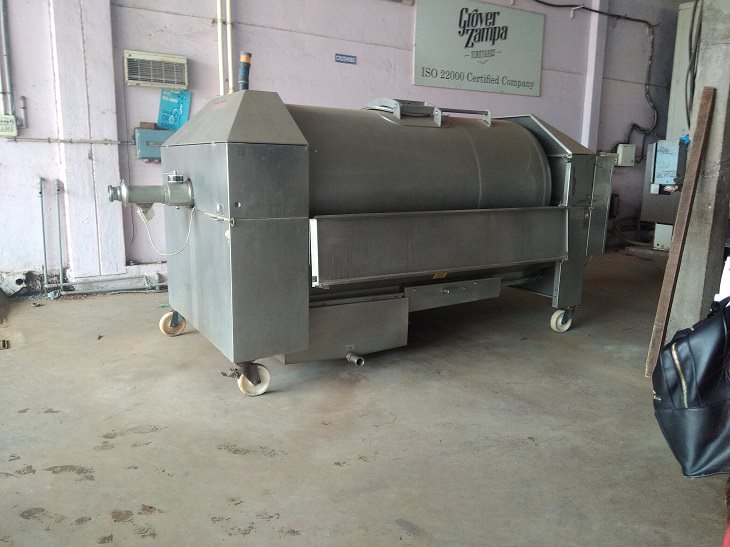
The green grapes are crushed with a balloon-pressing machine, which efficiently extracts the juice from the grape without affecting the skin. Red grapes, unlike green grapes, are crushed with the skin and seed intact. The only exception is in the case of Rose wine, for which the skin and seed are removed during the crushing process to give it a lighter color and taste. The leftover skin and seeds are used in the fermentation of normal red wine, to give it a redder look.
Let’s Ferment!
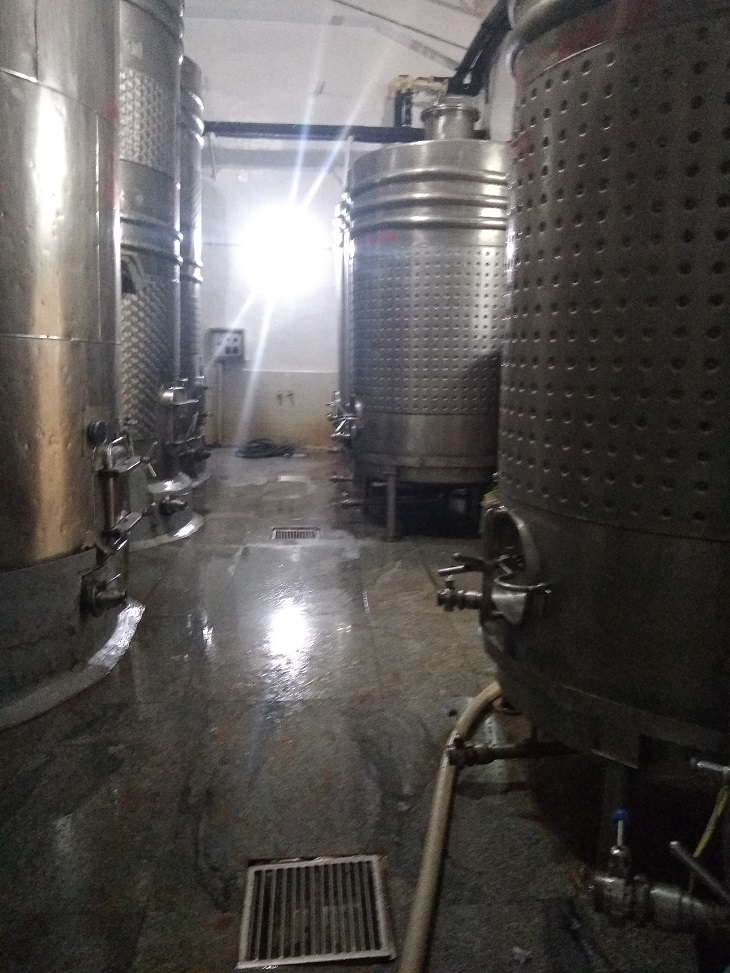
After going through the crush pad, the pressed grape juice is transported to the fermentation hall where it is placed in massive fermentation tanks. This hall is home to 115 fermentation tanks, which hold 1.35 million liters of soon-to-be wine and champagne.
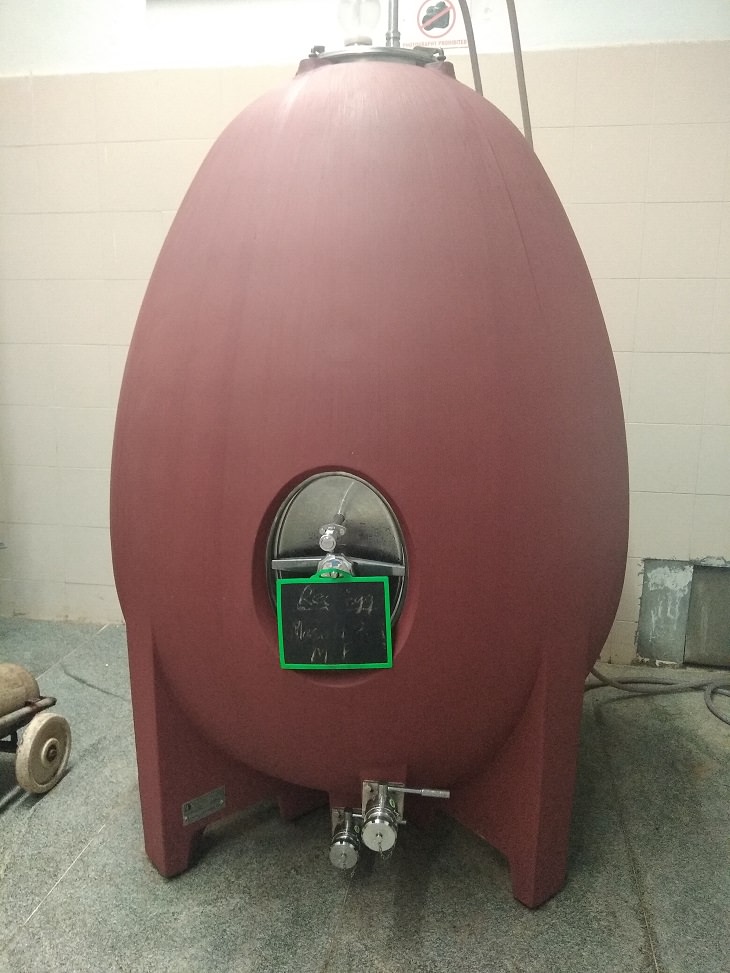
The tanks are fully insulated and double jacketed with two layers of steel. In these tanks, the temperature of the juice can be carefully maintained, usually at a general temperature of 14°C to 25°C for fermentation. It is during this stage that the yeast converts the sugar into alcohol.
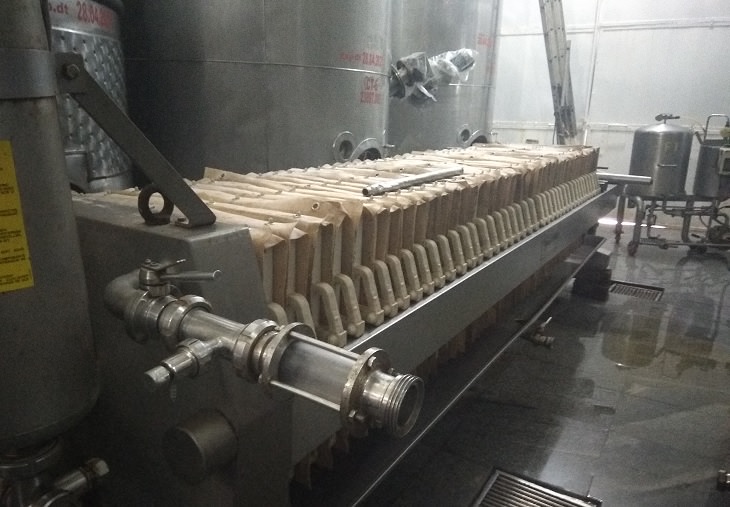
At certain points in the fermentation process for white wine, lower temperatures have to be maintained to balance the carbon dioxide content in the wine, which can affect the taste of the final product. Fermenting white wine takes 3 weeks, while red wine takes only 7 days, as it can be fermented at higher temperatures.
The Older the Better...
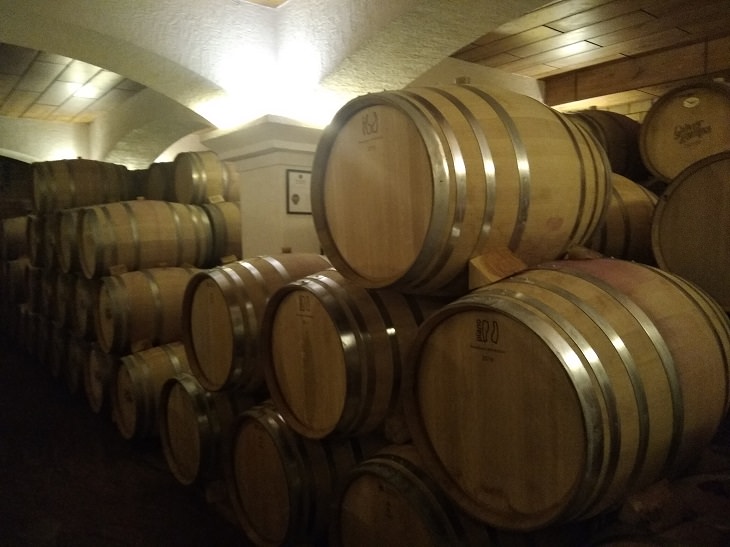
The next step in the fermentation process is aging, which takes places in an incredible room of wooden barrels filled with wine as far as the eye can see. Not all wines need to be aged, however, the procedure enhances the taste (not to mention the price). All nutty, chocolate-y and coffee aromas come from the aging process and the wood. The name of the well-known wine ‘Sauvignon’ is derived from the French word meaning “wild”, due to its lovely aroma of things found in nature.
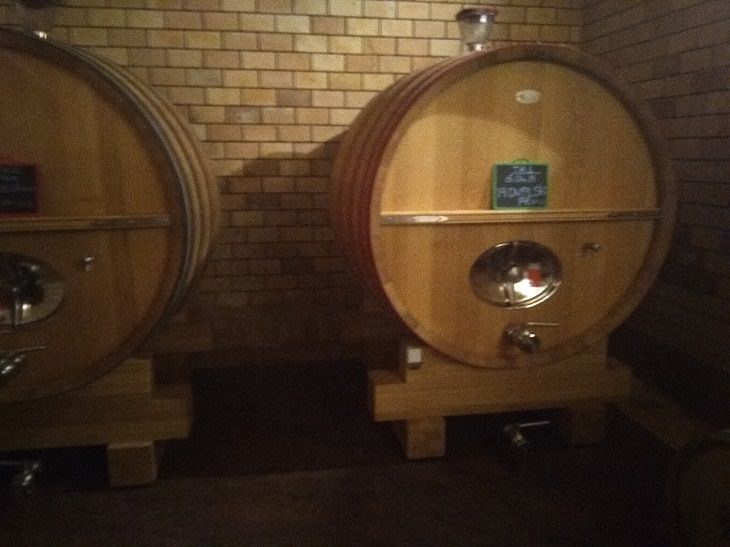
During the aging process, the primarily fermented wine goes into wooden barrels, preferably oak, where it is stored for various carefully designated periods of time. Oak absorbs the flavors from the surroundings (air and soil). It's also used for different liquors.
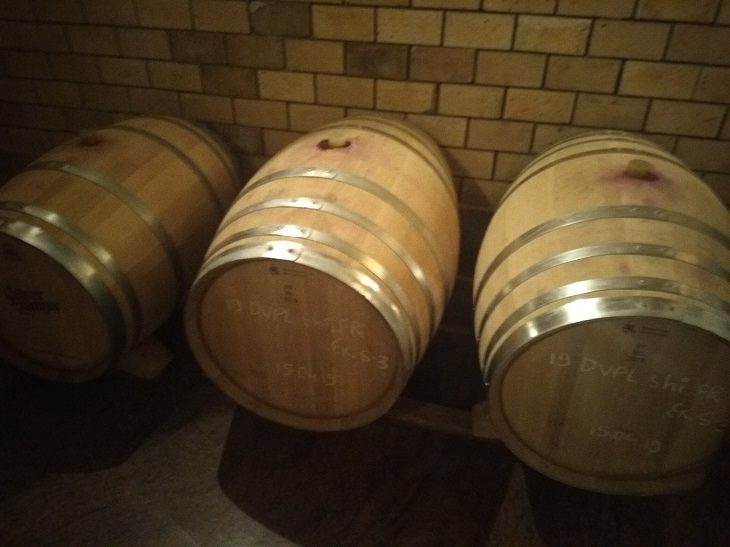
Wood also helps the process of oxidation of the wine. However, over-oxidation can be a problem. Too much oxidation converts the alcohol to vinegar, which ruins the taste and that's why wine is aged for a shorter period of time than other types of aged liquor. There is also a chance that the strong flavor of the wood can dominate the flavor of the wine.
More Fermentation? Really?
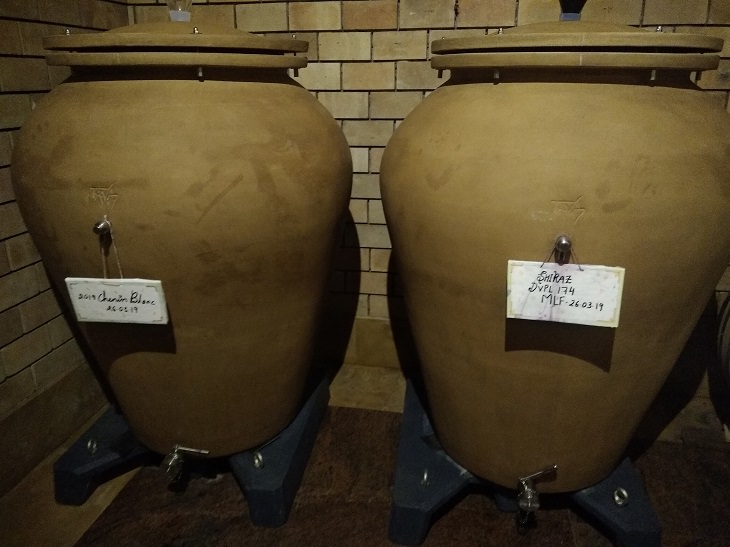
Yes. After the initial fermentation, and then aging, the wine is returned to the fermentation tanks for one last round. It is also during this process that wines that are blends, such as one of their signature wines Viognier, are crafted. The blending may be done with aged wine from the barrels, as well as wine from the fermenting tanks, to create different flavors.
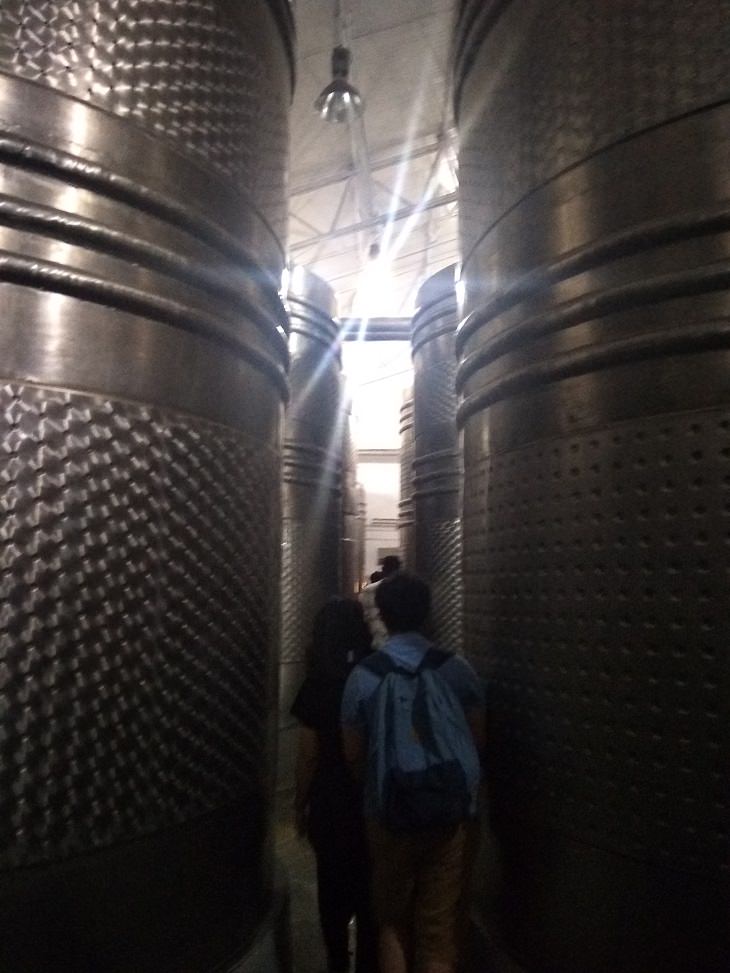
White wine is fermented again at colder temperatures. Red wine also goes through a secondary fermentation process, with higher temperatures to convert the malic acid in the wine to lactic acid, which gives it a softer taste. Now, we’re left with a beautiful, but chunky tank of wine.
Time to Filter...
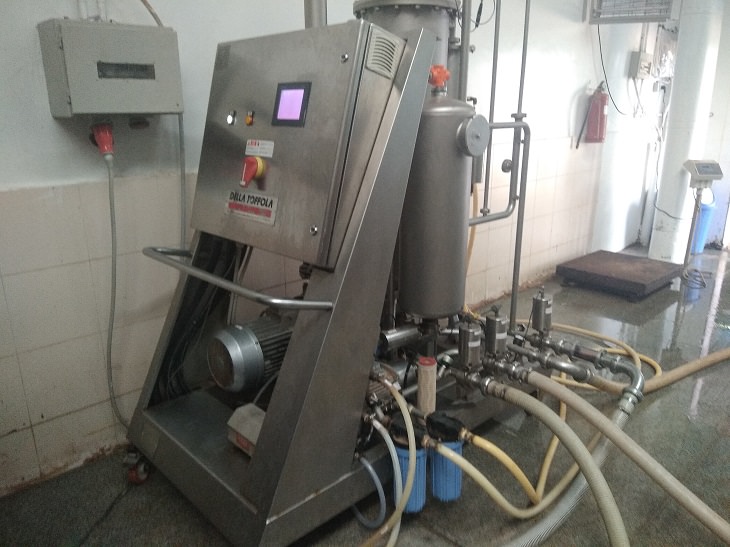
So close to the wine I can almost taste it. First the wine goes through a basic pad filtration to remove any large chunks. The fermented and cleaned wine is then taken through the final filtration section, which makes use of a powerful filtration machine to take out all possible microbes present in the wine.

The first wine was actually made in ancient Mesopotamia, and without the filtration mechanisms available today, wine was filtered using egg whites or ox or cow blood. Vegetarians, remain calm, this process has long since been left behind. After filtration, the wine is sent for sanitation and bottling.
Show Me the Bottles!

Almost there. No pictures were allowed in this portion of the factory, but needless to say, there were a lot of wine bottles. The bottles are carefully constructed to hold down a large amount of pressure. The wine is shot into the bottles with a small amount of yeast and sugar added.
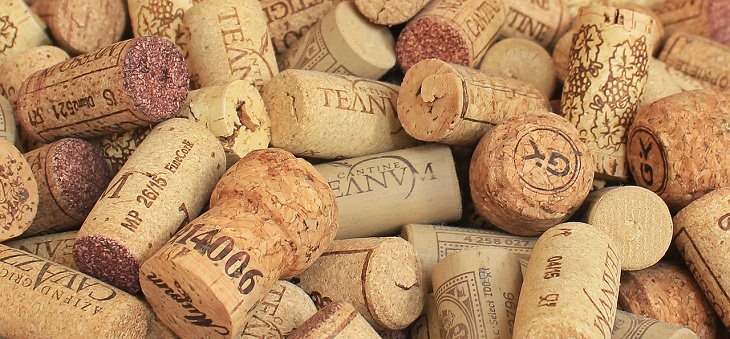
In the bottles, the wine goes through yet another round of fermentation for anywhere between 9-36 months. During this process of fermentation, the yeast consumes the sugar and finally breaks down, leaving only small particles. The bottles are then tilted so that the sediment settles at the top of the bottle. To do this, the bottles are placed upside down in -30° C, so that the settled sediment freezes in the neck of the bottle.
After being frozen, the wine is easily purified of the particles, before being poured back into the bottles and carefully corked to seal in the flavor.
The Finale...
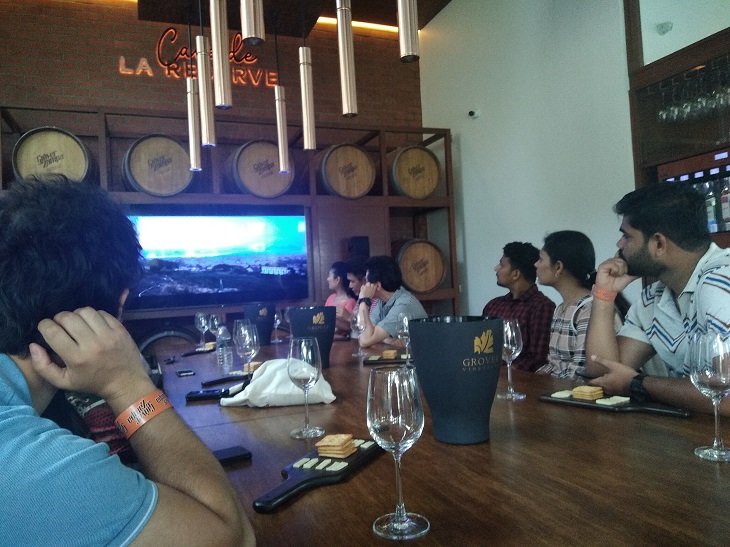
The tour finally ends with a fancy wine tasting, complete with crackers and cheese. We sampled some of their signature wines, accompanied with extremely concise information about how each of the wines get their unique taste. The farms are open for anyone who want to visit, and for those who like to get a little messy, you can try your hand (or foot) at grape stomping. And no tour is complete without a souvenir (or three) of signature wine only available at that vineyard.
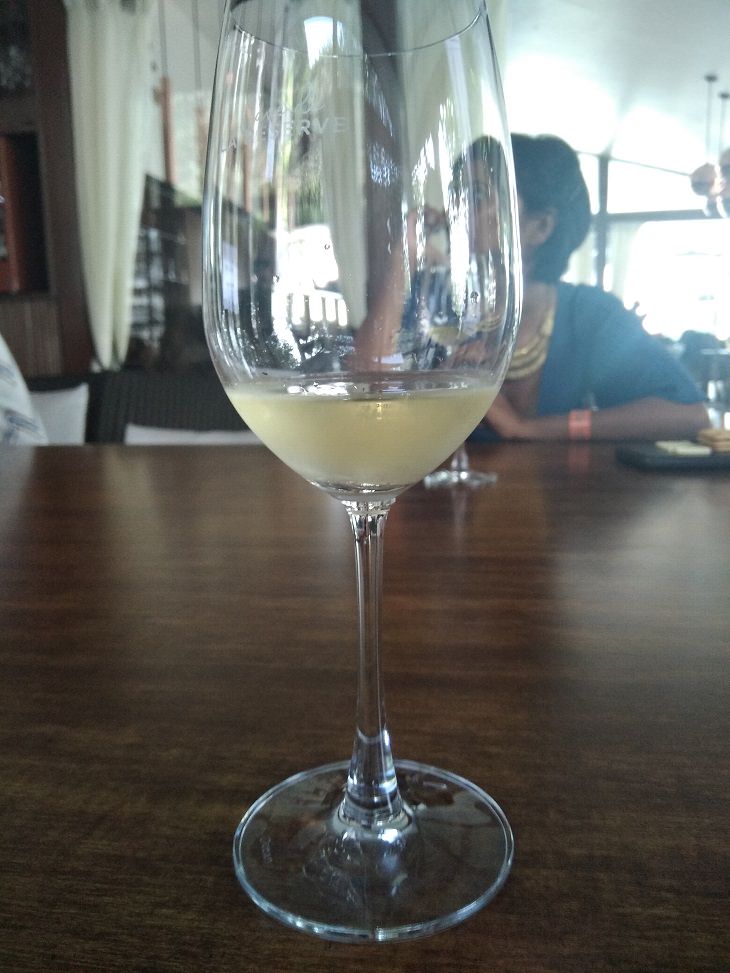
All in all, this was one adventure, made better with great company, that I would recommend to anyone, especially someone looking to discover something new about an ancient art form. A delicious and super fun ancient art form that made for quite an extraordinary and wine-filled bachelorette party!